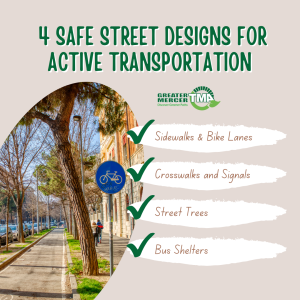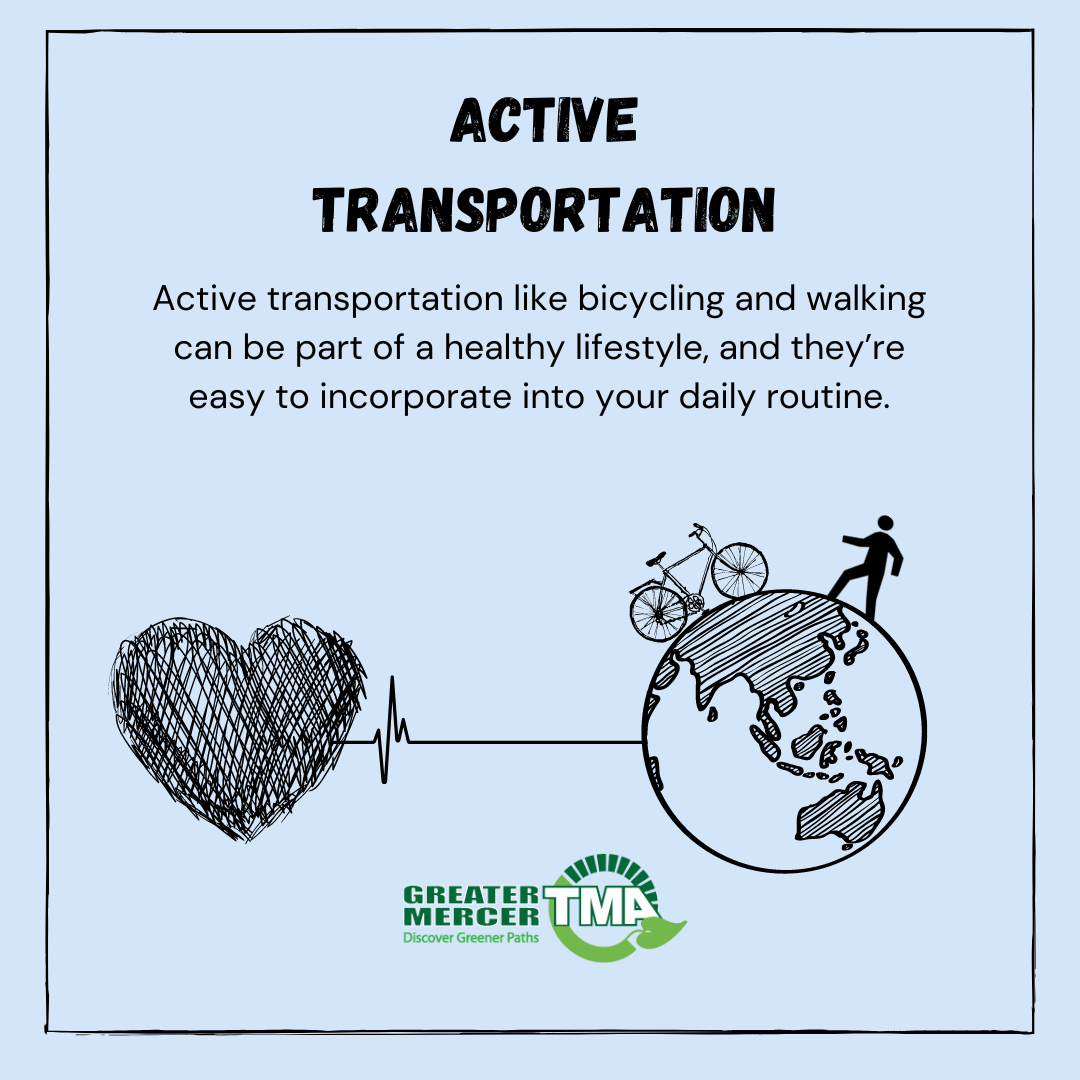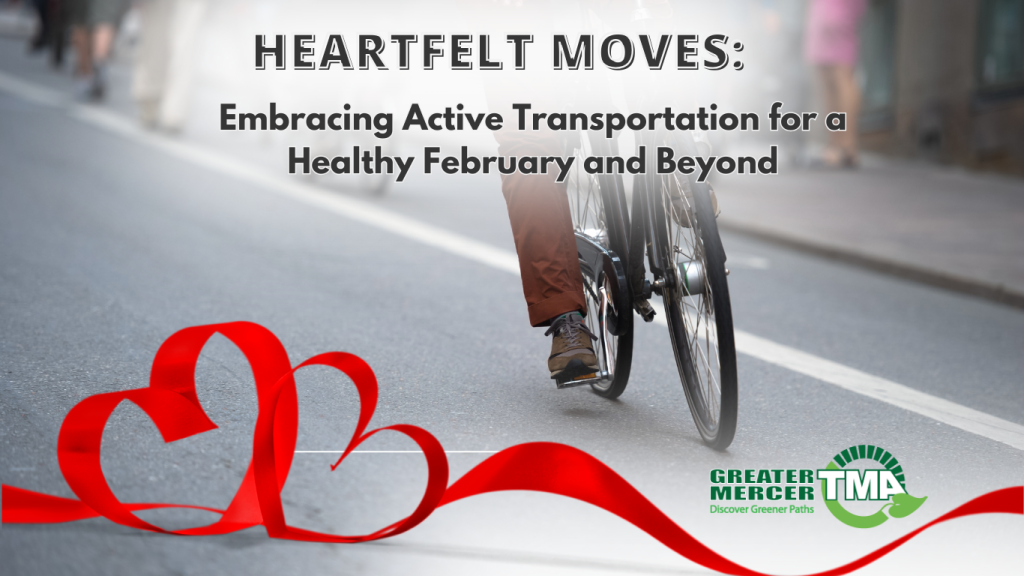February is American Heart Health Month, first proclaimed by President Lyndon Johnson in 1964. Every year, the US presidents declare it to raise awareness about heart disease. It’s a time when we can all focus on improving our cardiovascular health. Although it’s an annual reminder to take care of your heart, there are things you can do all year long that make a difference in your overall health, including heart health.
You may already know that sitting for long periods can increase your risk of heart disease. Physical activity, along with managing stress and diet, can have a positive impact on your health. To keep your heart healthy, here are a few steps you can take:
- Keep your walking routine going – many people started walking daily during the pandemic. If you are one of them, keep that going daily; 30 minutes of walking daily can help your overall mental health in addition to your physical health. Or you can start walking your children to school – if that is an option. Studies show that physically active children are more energized and focused on learning before school. Additionally, physically active children have better moods, self-image, self-confidence, and fewer chronic health problems.
- Biking gets your heart pumping with minimal impact on your joints – Incorporate bicycling into your daily routine. Some ways to do that are by bicycling to work a few times a week, biking your kids to school, bicycling for a few of your errands, and just for fun!
- Be social – spending time with other people is good for your heart. Go for a walk or hike with your family and/or your friends. This way the whole family gets to spend time outdoors, get fresh air, and be physically active.
- Keep your stress in check – try yoga and/or mindfulness to keep stress levels down and protect your health. You can try mindful walking for added impact on both physical and mental health.
- Eat heart-healthy foods– including fruits and vegetables, nuts, whole grains, healthy fats, and beans or other legumes. For added benefits, walk or bike to the grocery store. And if walking and biking are not possible, try parking farther away from the entrance.

Active transportation is an overall solution that is good for our physical health. It is also good for the health of our local economies and helps fight the environmental crisis caused by air pollution. Creating dynamic, connected communities encourages a higher quality of life, promotes small business development, increases property values, and sparks tourism. How our communities are designed directly correlates with sufficient or insufficient physical activity. Sprawl, unwalkable, car-dependent communities are less likely to have road infrastructure that allows for safe biking and walking, which negatively impacts our physical and mental health.

The following list consists of examples of how safer street design can positively impact active transportation options:
- Sidewalks
- Bike lanes and bike racks
- Traffic calming measures
- Crosswalks and signals
- Aesthetics and placemaking efforts, such as public art and fountains
- Public space including parks and plazas
- Street trees and plants
- Green infrastructure, including greenways and community gardens.
- Street furniture, including benches, bus shelters, and signage
Americans have some of the highest rates of chronic diseases, such as diabetes, heart disease, asthma, and certain cancers, which are often linked to inadequate physical activity and other factors. Ultimately, we do have some control over our heart health. Small lifestyle changes, like choosing active transportation, can have substantial health benefits. Staying active doesn’t always have to be separate from your busy schedule. You can incorporate more physical activity into your daily routine by walking or biking instead of driving for short distances and taking the stairs instead of the elevator. Even walking to the bus stop or parking your car further away from your destination can improve your heart health. Remember, every little bit helps!
We at Greater Mercer TMA focus on helping our communities with programs that help to keep you moving and work to improve safety, mobility, and sustainability.
We at Greater Mercer TMA focus on helping our communities with programs that help to keep you moving and work to improve safety, mobility, and sustainability.
FOR MORE INFORMATION ON OUR PROGRAMS, CALL US AT 609-452-1491 OR SEND AN EMAIL.
Resources:
https://www.ahajournals.org/doi/10.1161/CIR.0000000000000884
https://www.buzzfeednews.com/article/katiecamero/commute-to-work-health

